7 Shade-Loving Flowers To Start From Seed Now For A Stunning Summer Garden
Turn shady spots into vibrant new garden spaces with lovely and illuminating shade-loving flowers.
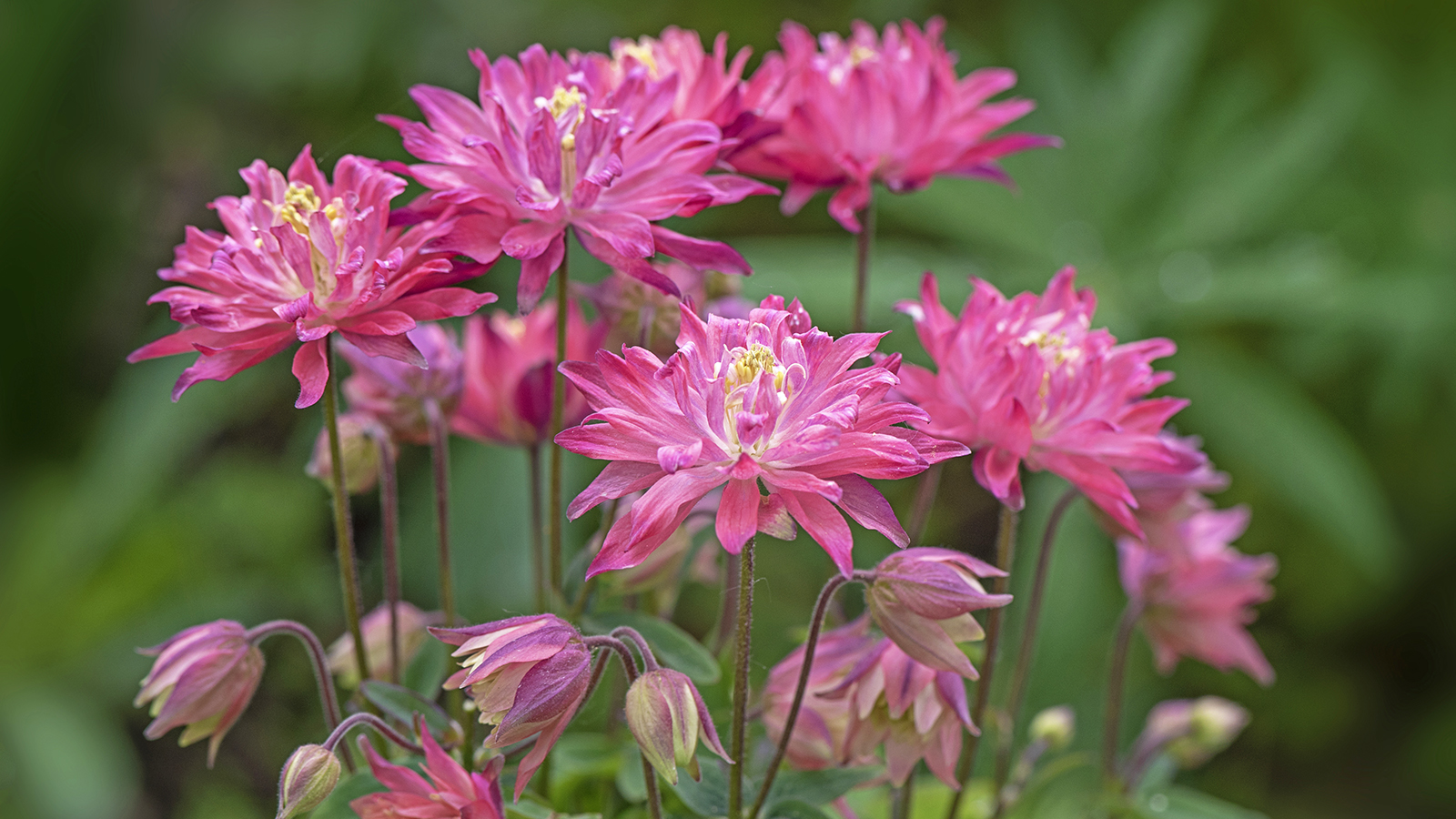

Amy Draiss
Add color and creativity to shady corners of a garden or patio that would otherwise feel lonely and lifeless. We may think these low-light places are dominated by ho-hum bushes and drab green groundcovers. However, there are dozens of annuals and perennials that thrive where light is limited. Their glowing colors illuminate these darker spaces, creating inviting places to explore in your garden. Maybe you’ll even create a new shade-covered space for warm-weather entertaining.
Many of the best flowers for shade can be grown from seeds at home. Getting a jump on their establishment is simple enough by starting seeds indoors in late winter or early spring. This preparation will provide plentiful small plants with strong roots for planting out once spring’s warmer weather arrives.
Whether you’re new to gardening or a veteran full-sun flower grower looking to conquer a dappled corner, our shade-loving flower choices will brighten your day.
1. Astilbe
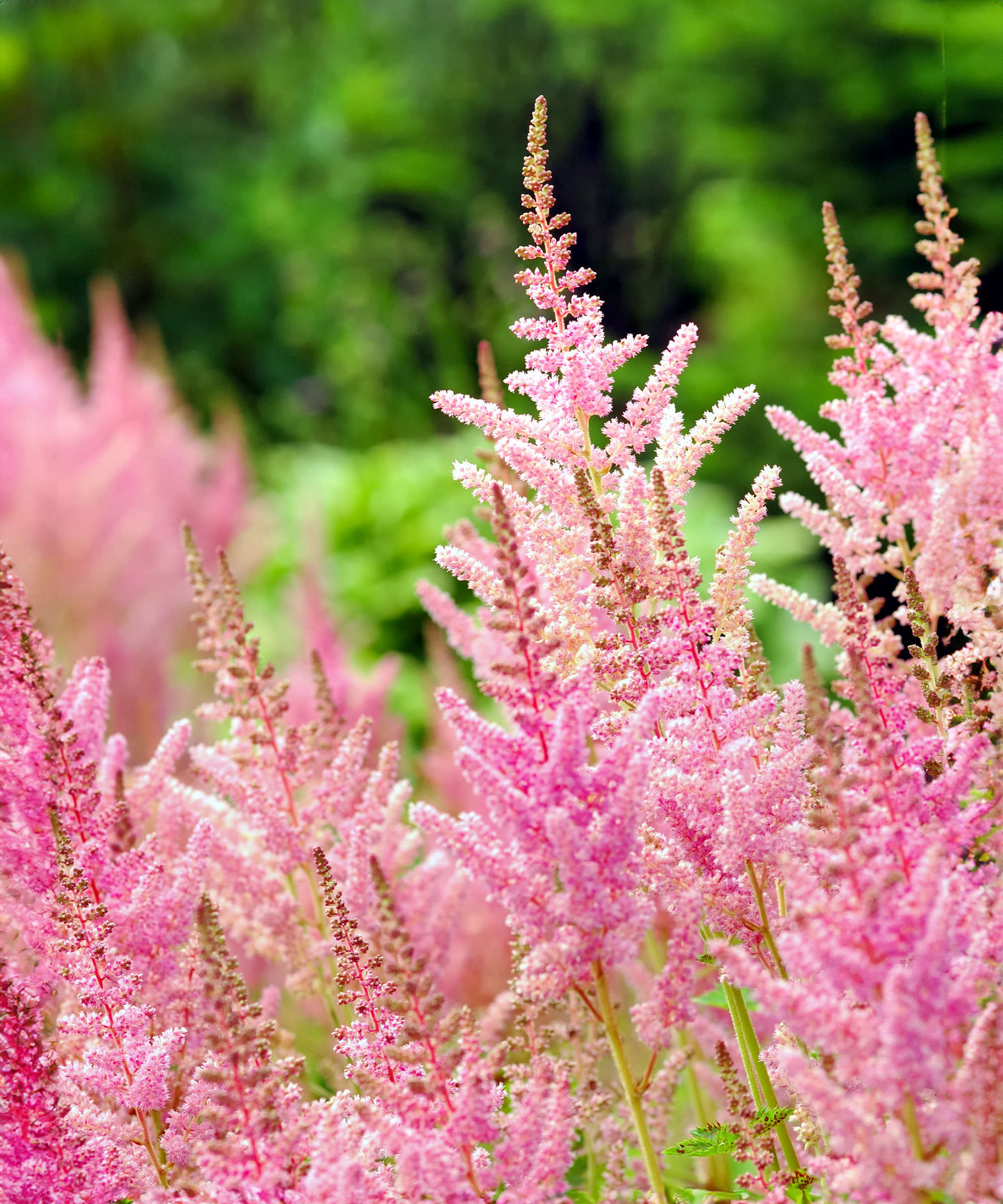
Want to add brightness and texture to a dimly lit garden in USDA hardiness zones 4 to 9? Try growing astilbe! With their plume-like clusters of tiny, feathery flowers in shades of pink, white, red, and lavender, astilbe lend a soft and colorful contrast to their darker, leafy surroundings.
Astilbe thrive in moist shade areas and their blooms last throughout the summer. Their fern-like foliage also adds visual interest even when the flowers aren’t in bloom, making them a great choice for perennial shade gardens.
Start your astilbe garden in mid-winter by sowing seeds indoors on top of a seed-starting mix. The seeds need light for germination, which can take up to 4 to 6 weeks.
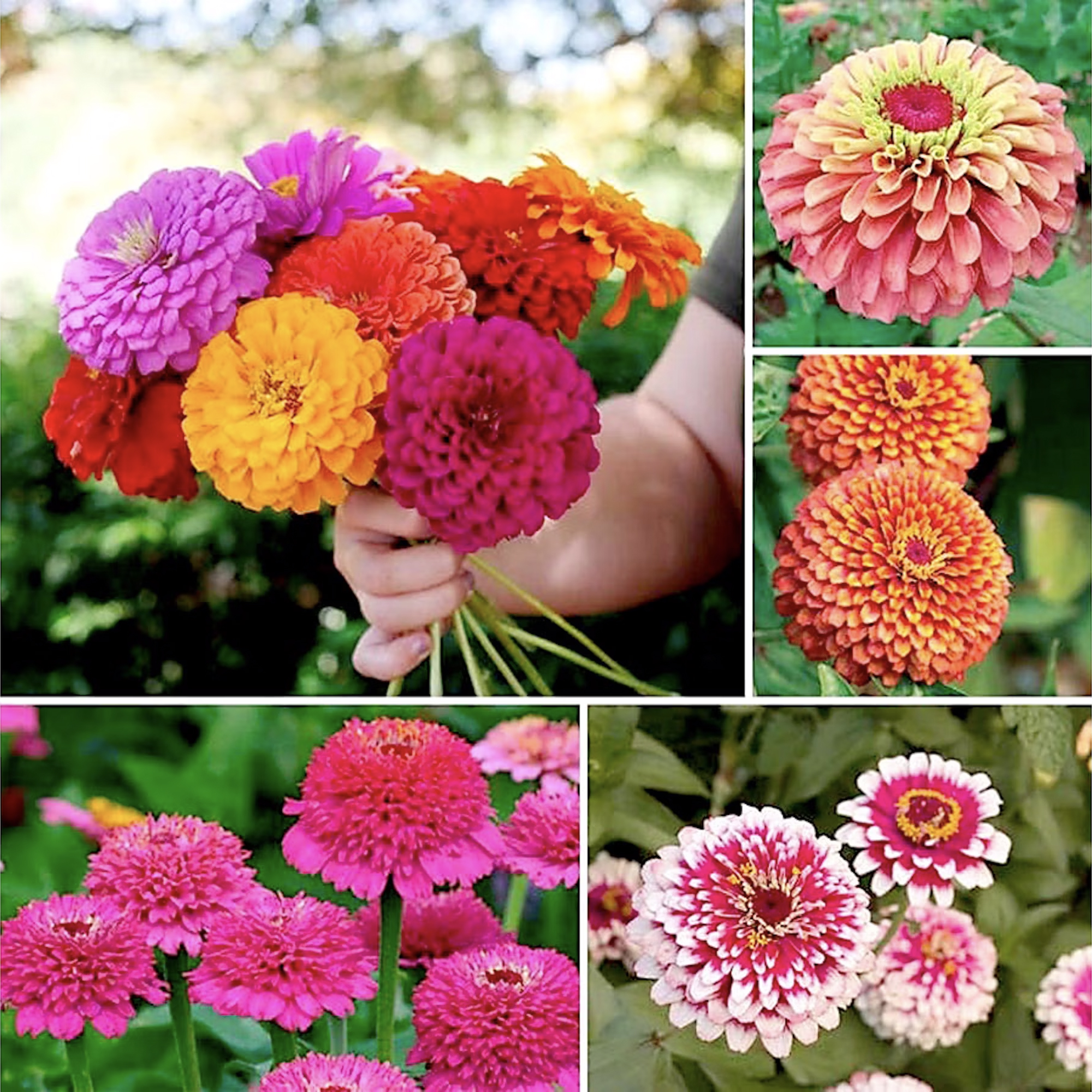
Our curated selection of flower seeds and growing kits have been hand-picked by experts. Perfect for adding color to pots and borders all summer long.
2. Cosmos
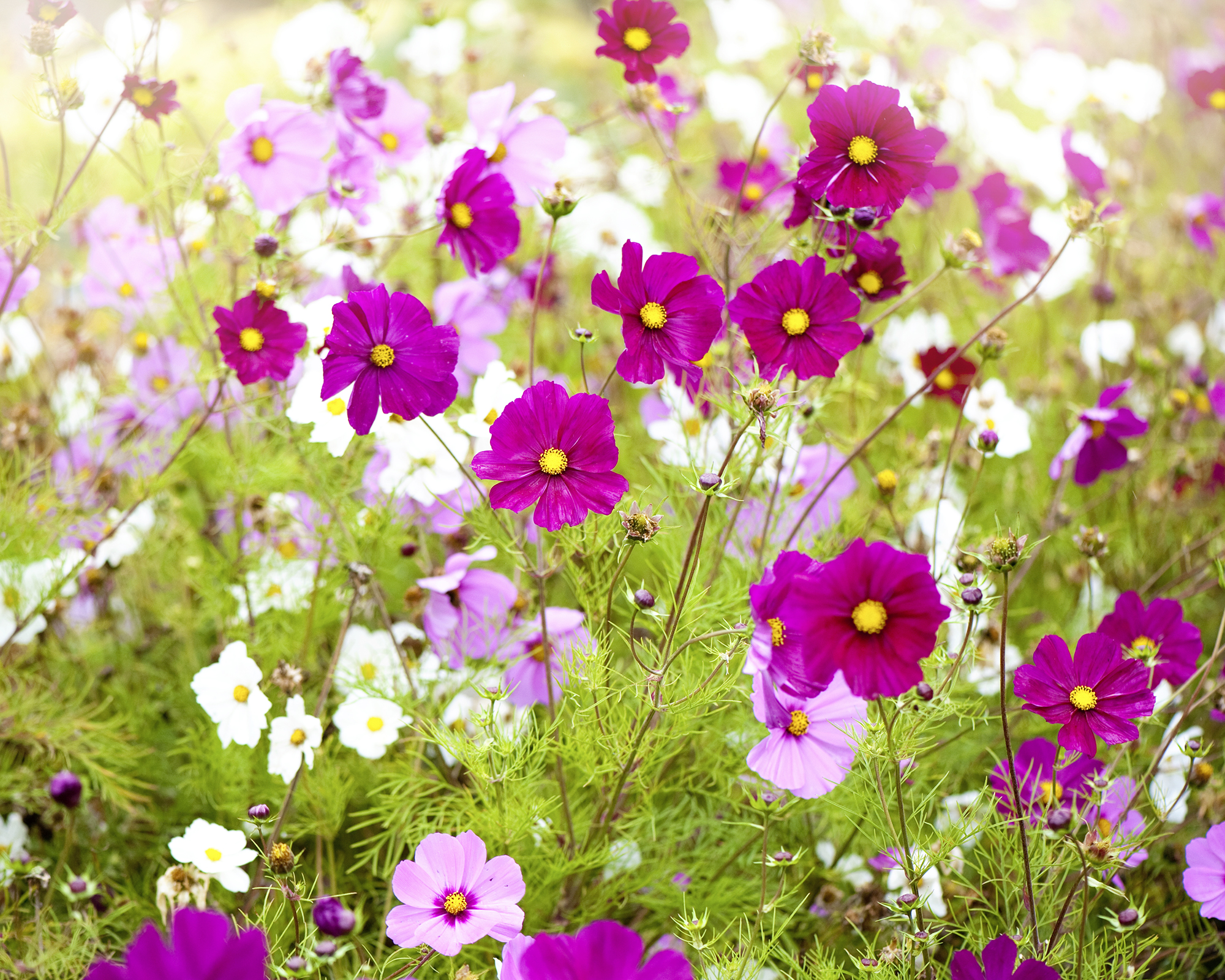
Cosmos are some of the cheeriest blooms in the garden. In shades of pink, white, red, and purple, they are striking additions to any border. Growing cosmos in partial shade will provide a burst of color, as long as the area receives dappled sunlight. Their slightly cupped, daisy-like flowers and feathery foliage give the garden a light and airy feel. Cosmos are attractive to pollinators, so they help bring that added zest to your garden’s life.
Gardening tips, videos, info and more delivered right to your inbox!
Sign up for the Gardening Know How newsletter today and receive a free copy of our e-book "How to Grow Delicious Tomatoes".
The Sonata Mix Cosmos Flower Seeds, available in the Gardening Know How Shop, offers white, red, and lavender-pink blooms for summer-long color in the partial shade garden, or as lovely cut flowers to bring the outdoors in.
3. Begonia
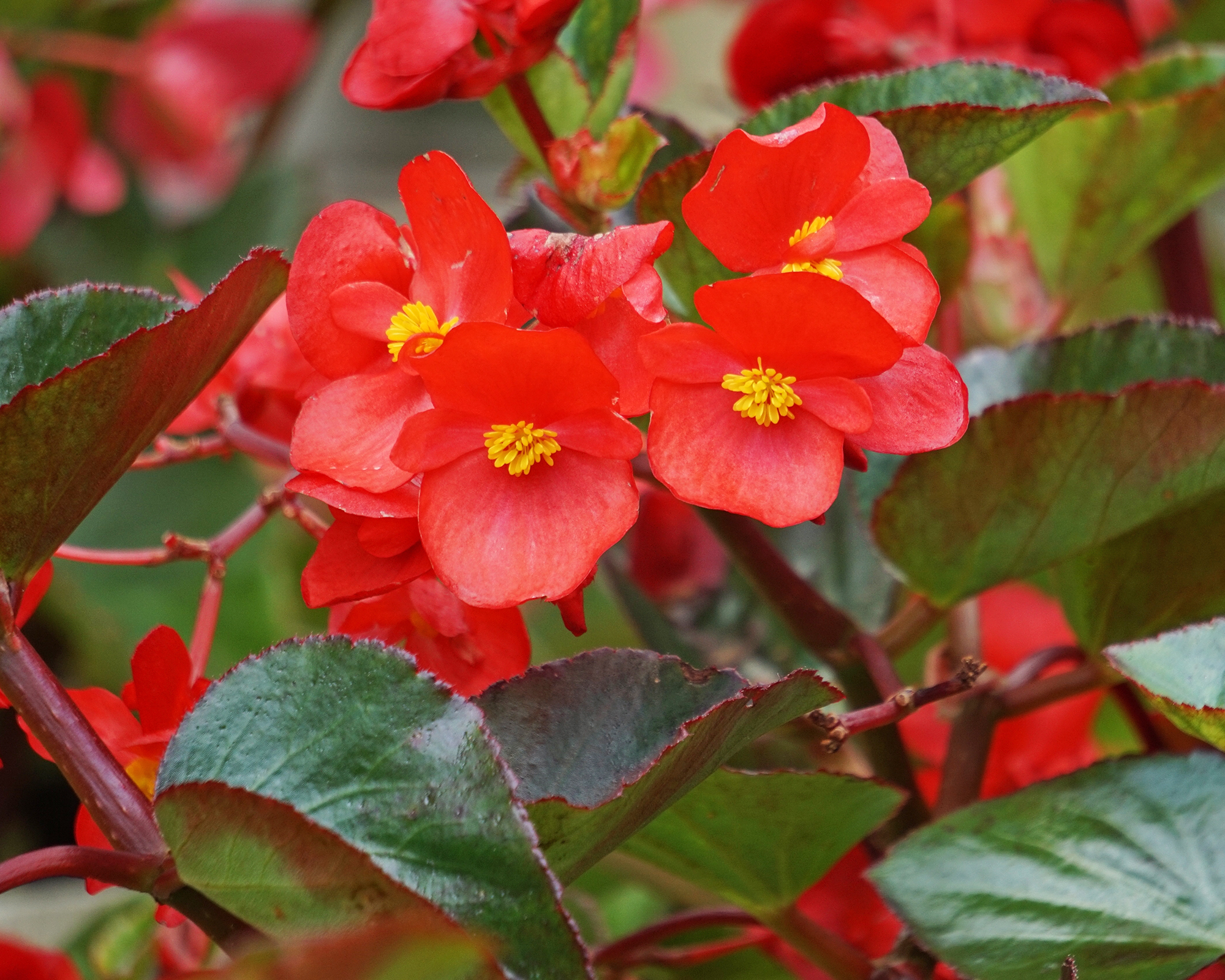
There are several different types of begonias, the tender perennials known for the beauty and bold colors of both their flowers and foliage. Tuberous begonias are big and beautiful container-type plants with large, candy-colored double blooms, while the semperflorens – wax begonia – types are the workhorses of shady garden beds. Other types are grown for their patterned foliage or used as small shrubs in tropical climates.
Begonia seeds take close to three months to grow indoors before they are ready for the outdoors, but that’s okay because these tender plants appreciate warm days and nights. Begonia seeds need light to germinate, so simply scatter them on top of your germination tray’s seed-starting mix. Have patience with this one.
4. Delphiniums
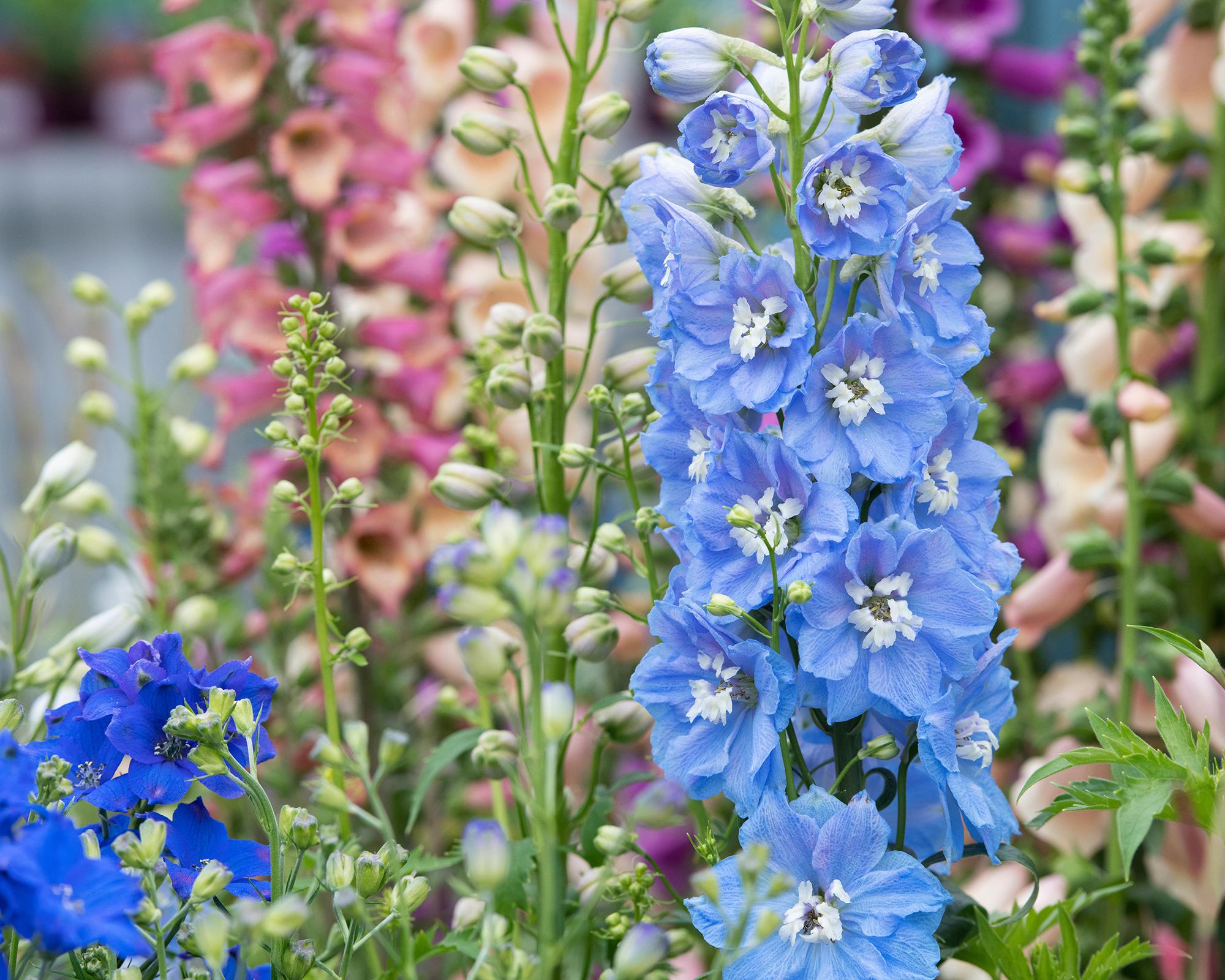
Talk about stunning vertical color! Delphiniums are veritable tiki torches of vibrant blues, purples, pinks, and white for gardens in zones 3 to 7. Their blooms are densely packed along tall stalks, making them an effective addition to the back of a dappled border or along shaded garden walls. Although growing delphiniums is best in full-sun locations, the flowers will also thrive in partial shade, especially in cooler climates. As an added bonus, they are attractive to bees, butterflies, and hummingbirds.
Get a jump on bringing delphiniums’ vibrant color to your garden by starting seeds indoors this spring – although they may not flower until next summer. Sow into trays of moist, well-draining seed-starting mix, keep in a cool spot, and watch for sprouts in 2-3 weeks. The Gardening Know How Shop has seeds of Magic Mountain Mix Delphiniums, which includes an array of seeds of pink, blue, lavender, lilac and white blooms.
5. Columbine
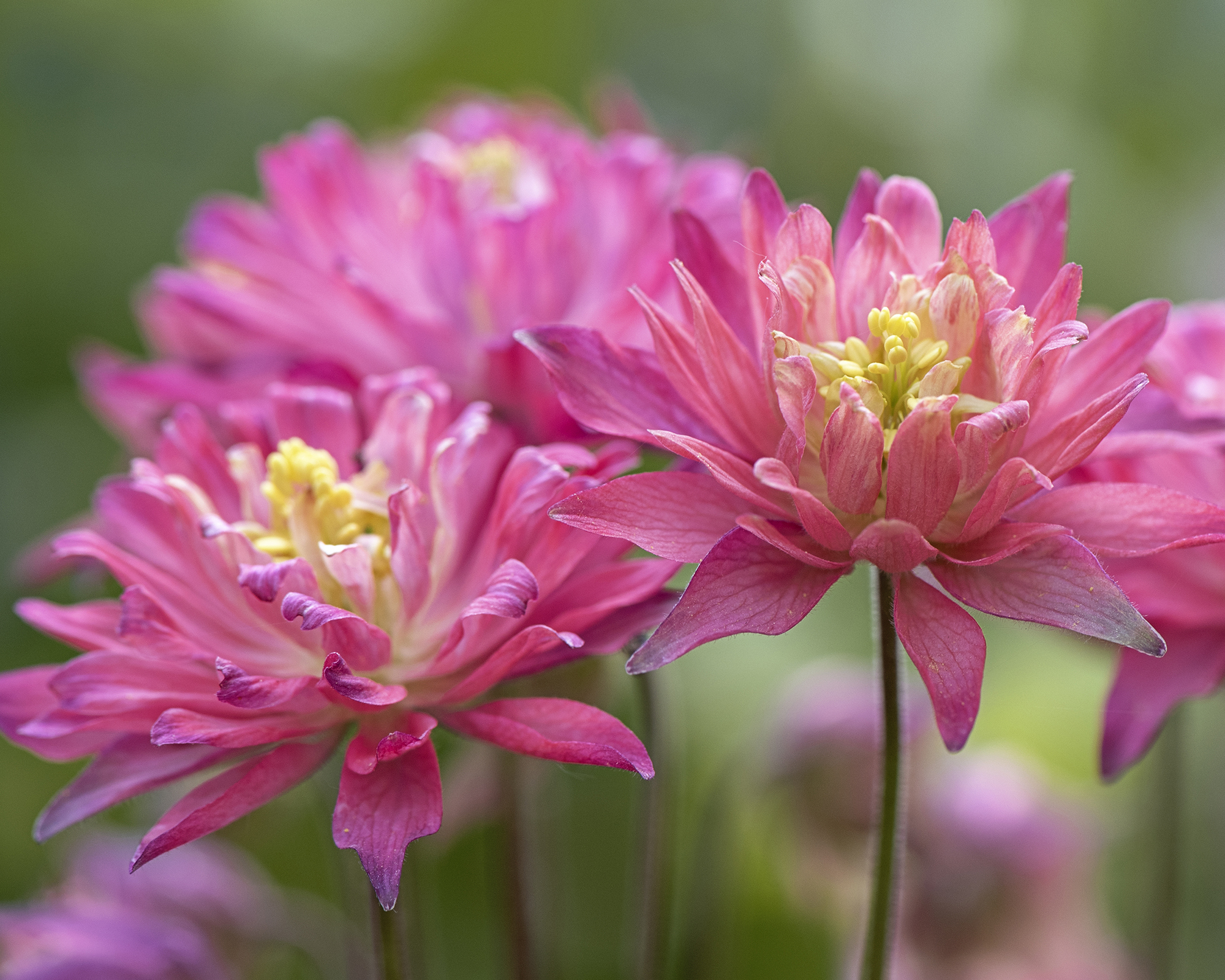
Columbine flowers (Aquilegia sp.) are a wonderful addition of color to shade gardens, with their nodding blooms in shades of purple, pink, yellow, and blue. Their spurred petals and dainty appearance add a fairy-like look to spring gardens.
Columbines are perennial plants that thrive in partial shade in zones 3 to 9, making them perfect for adding a splash of color to areas where many other flowers struggle.
For winter or early spring sowing, add columbine seeds indoors in seed trays or small pots filled with well-draining soil. Lightly press the seeds into the surface, as they need light to germinate. Keep the soil moist and cool. Look for green seedlings to sprout in two to four weeks.
6. Evening Primrose
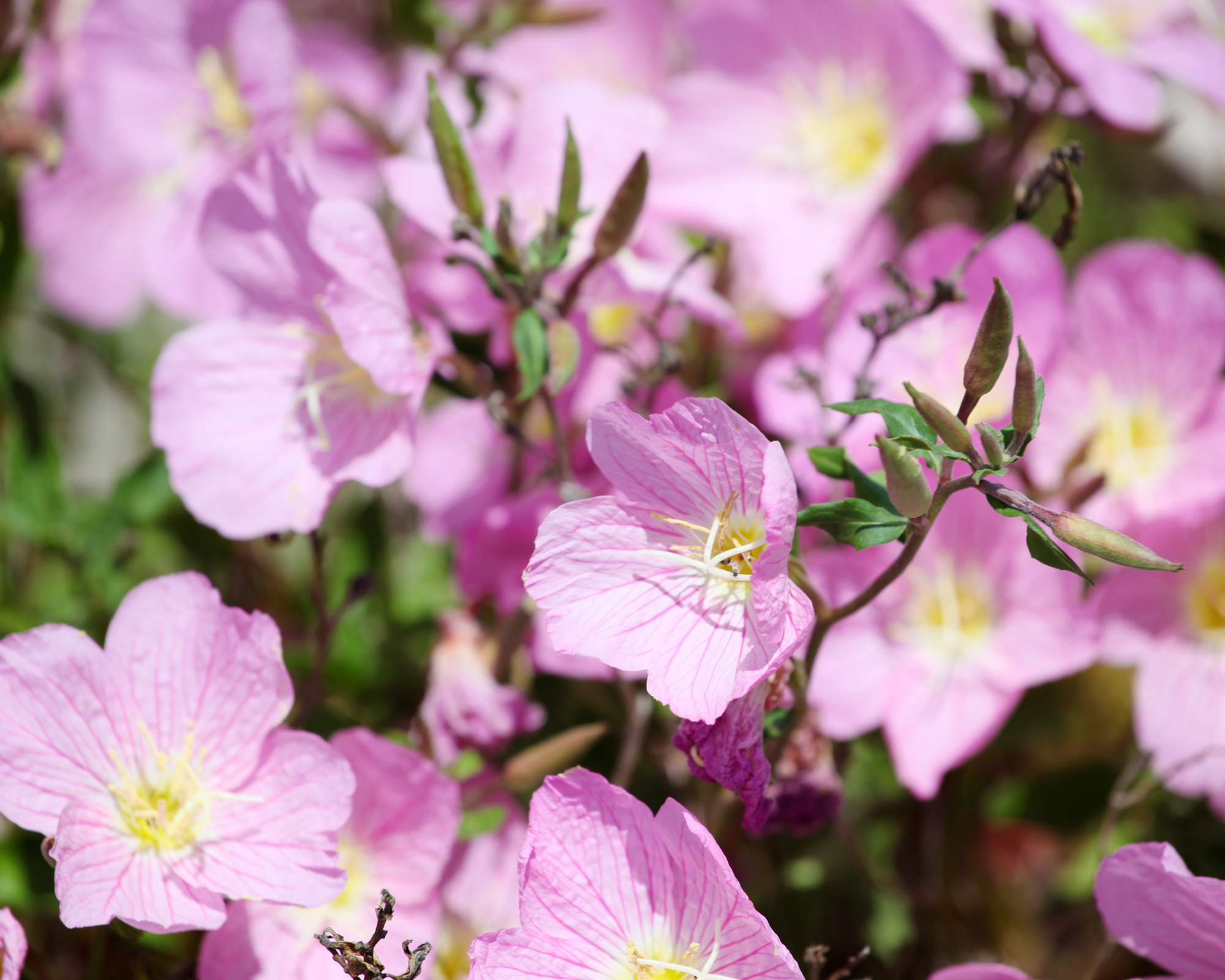
Evening primrose, also known as Oenothera, add such a lovely touch of color to shade gardens in zones 5 to 8 with its delicate, cup-shaped blooms in shades of yellow, pink, and white.
This perennial plant typically prefers full sun, but some varieties can tolerate partial shade, with their bright flowers opening in the evening and on cloudy days to bring life to dim areas. Their blooms not only light up shaded gardens but also attract night pollinators like moths and have a pleasant fragrance. This plant is a triple threat!
It's simple to germinate these evening primrose seeds indoors in winter. Just provide a well-draining seed-starting mix and place in a warm, bright spot. Find seeds of the loveliest pink, low-mounding Evening Primrose in the Gardening Know How Shop.
7. Impatiens
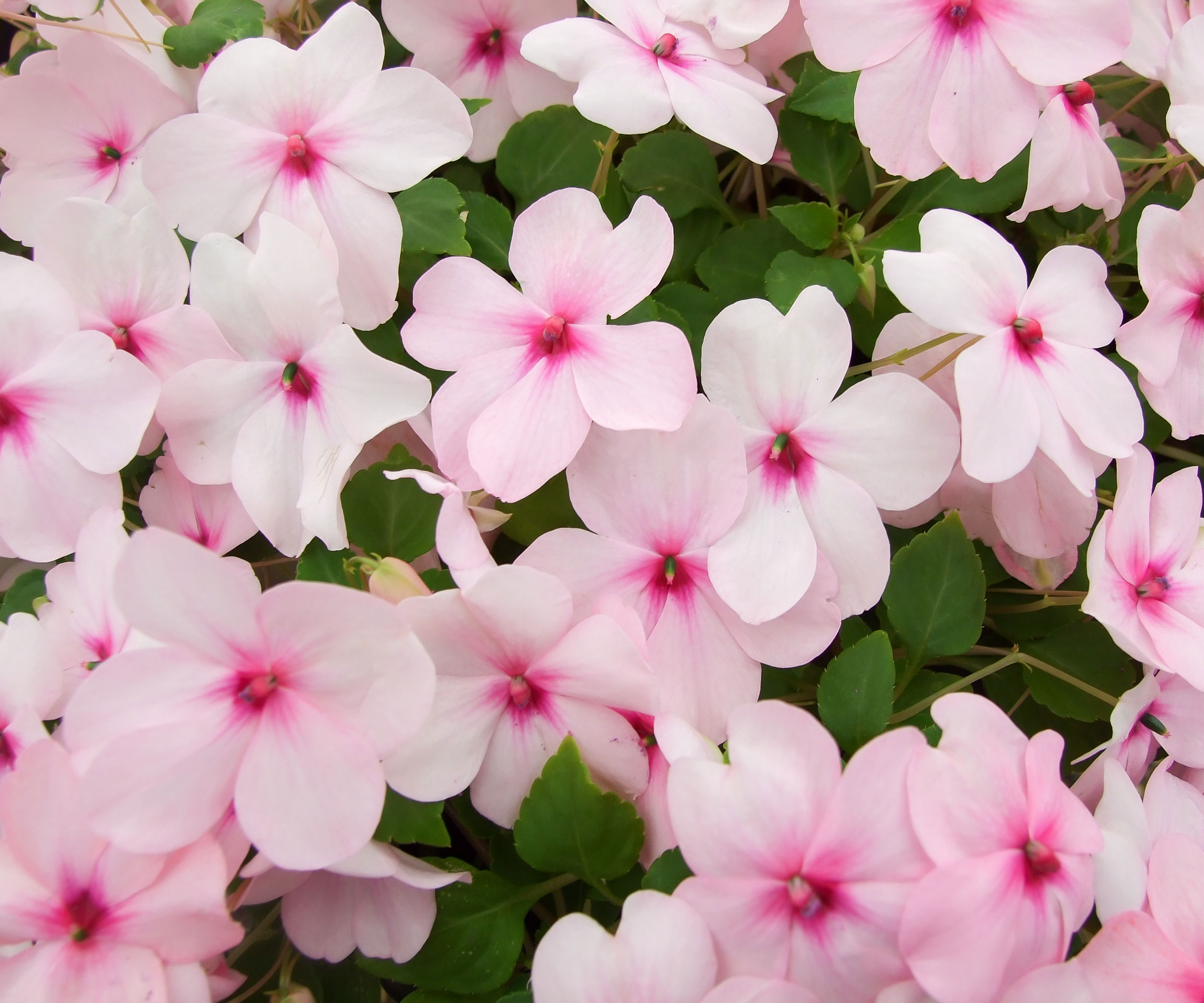
Your shady spot will glow with all the color impatiens bring to a garden. The number of colors is uncountable – there are so many! Whites and light pinks shine even through the dimness of evening, and hot pinks, oranges and carmines can make a dark corner sparkle. Each bloom glows even more thanks to the mid- to dark-green backdrop of its tender leaves.
Have plenty of impatiens ready for spring by sowing your own seeds indoors eight to ten weeks before your region’s last frost. Use a standard seed-starting mix in trays and press the seeds onto the surface rather covering them. Expect to see the tiny sprouts emerge in two to three weeks.
Your Seed-Starting Setup
Get all the goods you need to start growing these shade lovers and other beautiful flower seeds at home (and don’t forget veggies, too!). You can find the following seed-starting essentials in the Gardening Know How Shop:
- Park’s Original 60-Cell Biodome with a vented humidity cover and sterile bio sponges.
- Standard Seedling Trays featuring eight spacious growing cells with air-pruning strips per tray.
- Seedling Tray Lids with Drip Irrigation to fit atop the Seedling Trays.
- Browse other seed-starting equipment and find the gear you need to get growing for spring.
This article features products available from third party vendors on the Gardening Know How Shop.

Ellen Wells is a horticultural communications consultant with 30 years of experience writing about all aspects of the gardening world.
She has worked for many of horticulture’s biggest brand names, writing blog posts, articles, press releases, and design and instructional pieces. Her previous roles include Senior Editor and Editor-at-Large for Ball Publishing.
Ellen is based in New England where she gardens in Zone 7a. She loves tending to flower-filled containers on the patio and puttering around her vegetable garden.
- Amy DraissDigital Community Manager
-
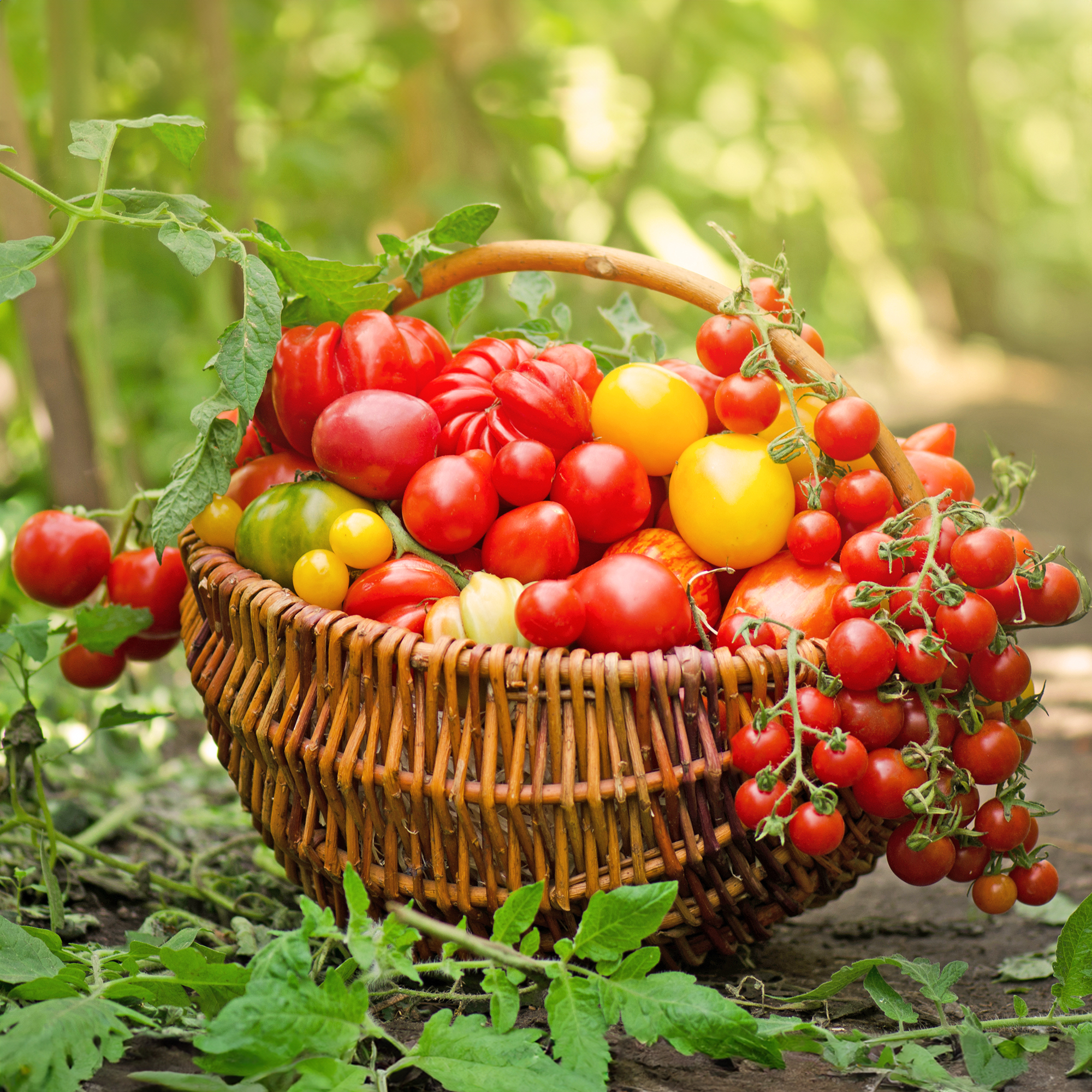 Types Of Tomatoes Explained: Explore The Many Wonderful Shapes, Colors, Flavors, & Best Uses
Types Of Tomatoes Explained: Explore The Many Wonderful Shapes, Colors, Flavors, & Best UsesThe world of tomato varieties is vast and fascinating. Learn about the key types to grow in your garden, tailored to your preferences and space.
By Amy Grant
-
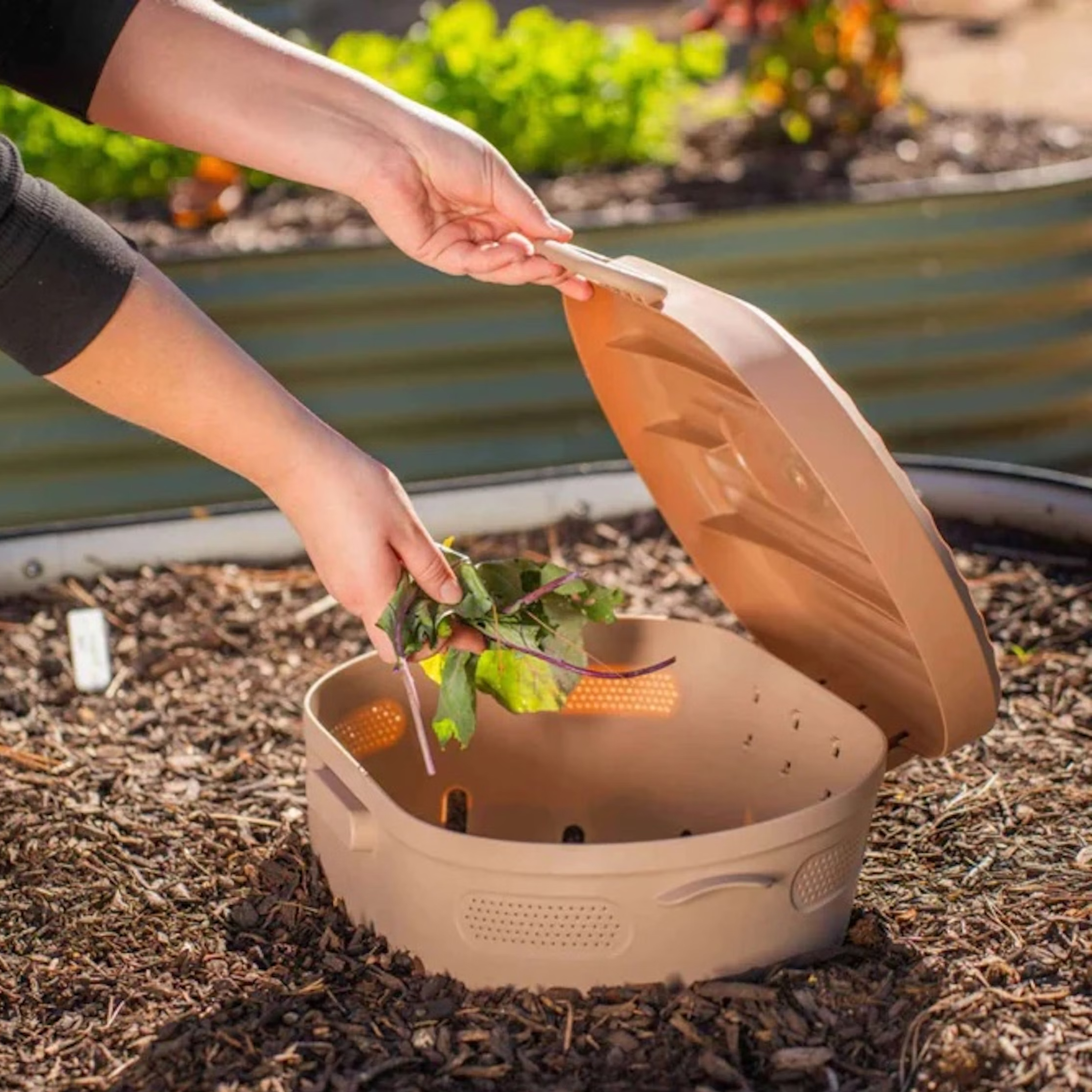 Try The Trend – Turn Any Bed Into A Keyhole Garden With This Clever In-Ground Composter
Try The Trend – Turn Any Bed Into A Keyhole Garden With This Clever In-Ground ComposterKeyhole gardening is an efficient and sustainable practice that saves space. Get started on this DIY project quickly and easily with an in-ground composter.
By Bonnie L. Grant
-
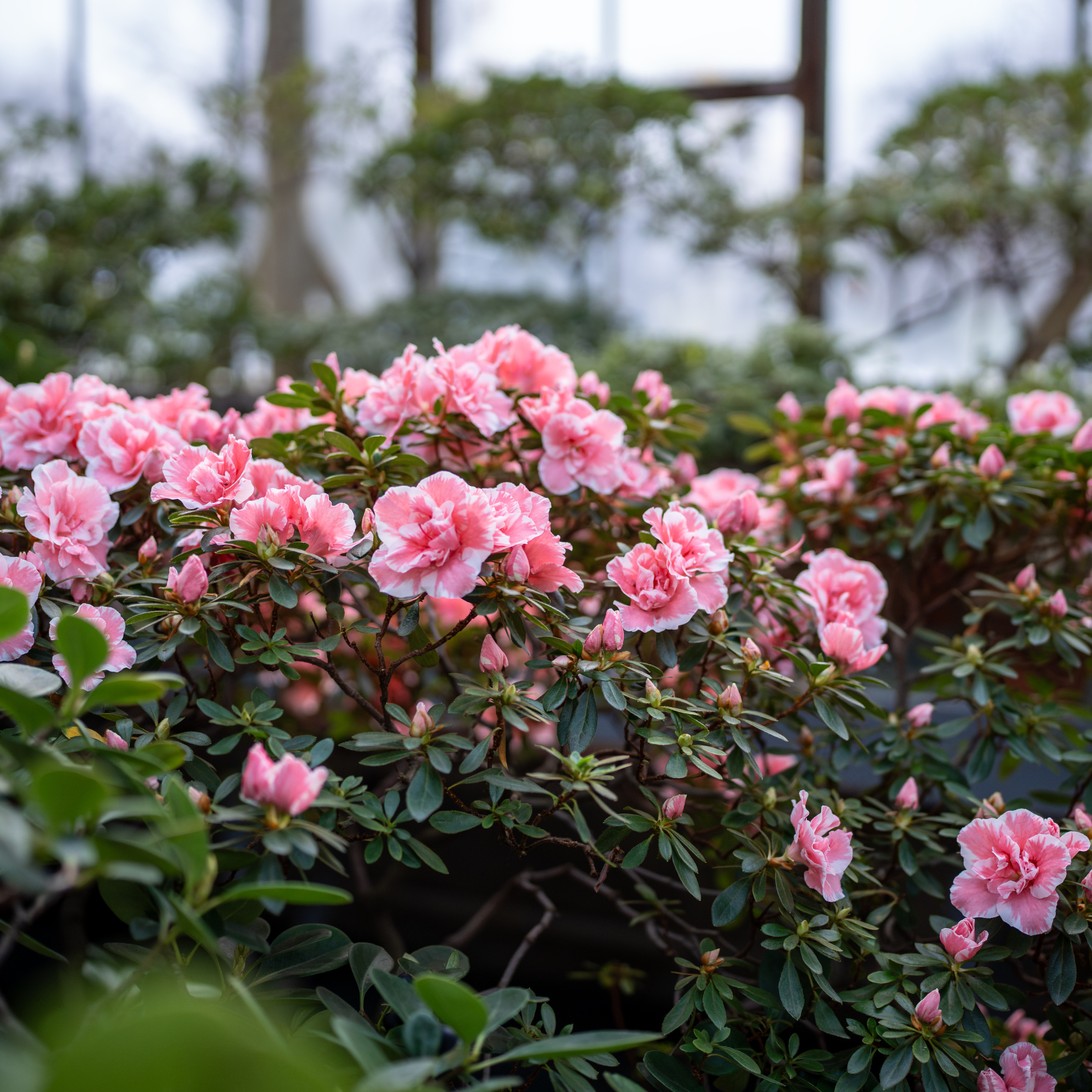 What Is The Size Of An Azalea? Explore Different Varieties That Will Suit Every Garden
What Is The Size Of An Azalea? Explore Different Varieties That Will Suit Every GardenThe size of azaleas can vary widely because they have been selectively bred for different landscape needs. Check out our picks for each size category.
By Mary Ellen Ellis
-
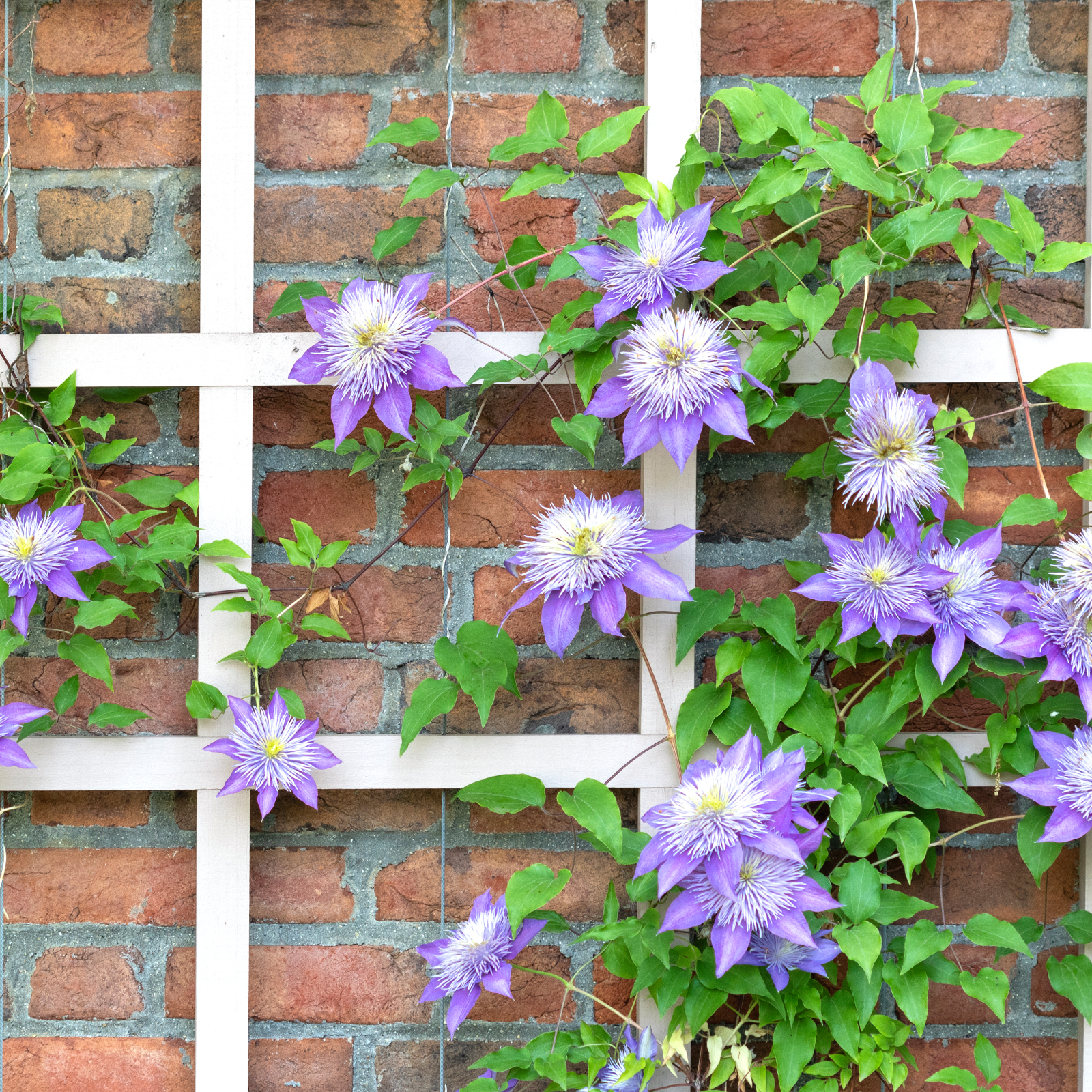 5 Fabulous Fast-Growing Vines – That Will Quickly Climb Any Arbor, Trellis, Or Fence
5 Fabulous Fast-Growing Vines – That Will Quickly Climb Any Arbor, Trellis, Or FenceThese fast growing vines are perfect for covering any eyesores in your yard or creating a living fence. They will provide great visual interest, as well.
By Amy Grant
-
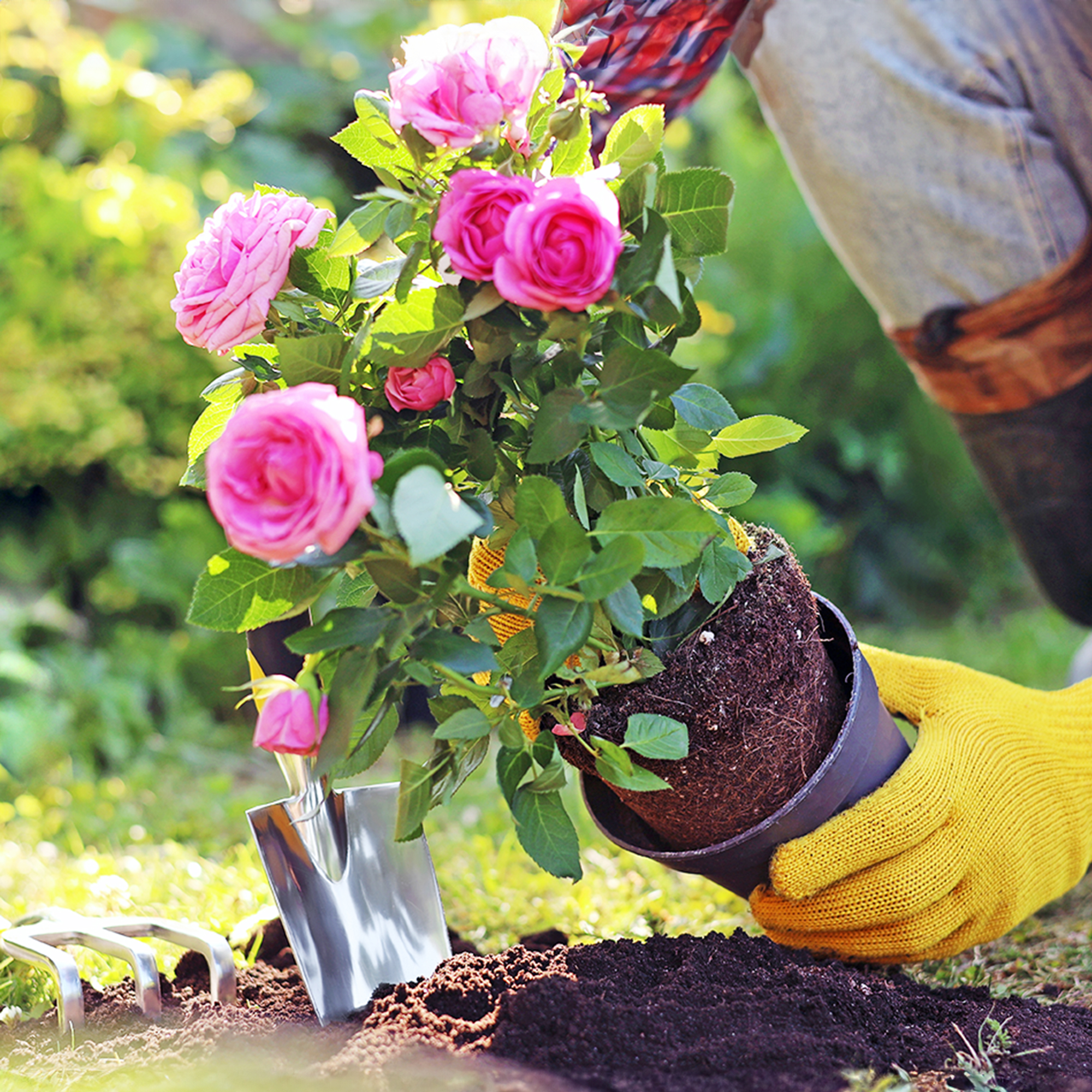 When To Plant Roses: The Best Time For Your Climate And Rose Type
When To Plant Roses: The Best Time For Your Climate And Rose TypePlant your roses at the right time and you will be rewarded with decades of glorious summer flowers – but get it wrong and you'll be crying over dead shrubs.
By Teo Spengler
-
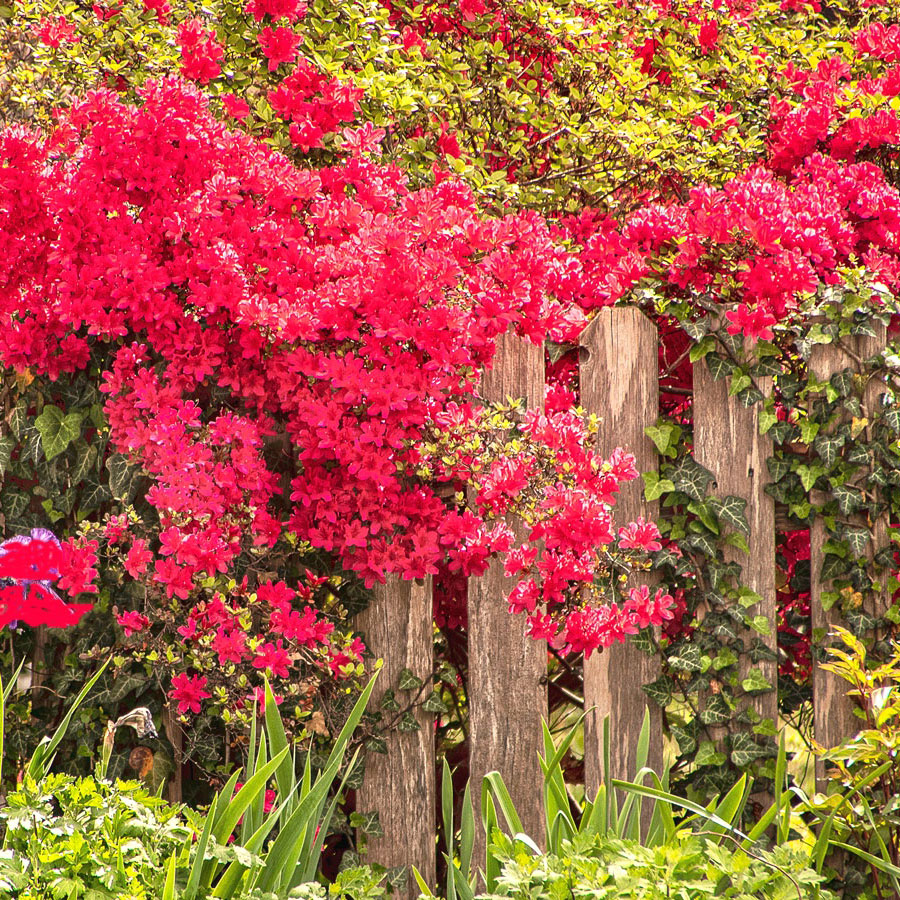 Spectacular Early Blooming Shrubs: 6 Sparkling Spring Flowering Bushes
Spectacular Early Blooming Shrubs: 6 Sparkling Spring Flowering BushesWant to kickstart your gardening year with dazzling spring flowering bushes for beds and borders? These unique early bloomers are sure to help you rise and shine!
By Teo Spengler
-
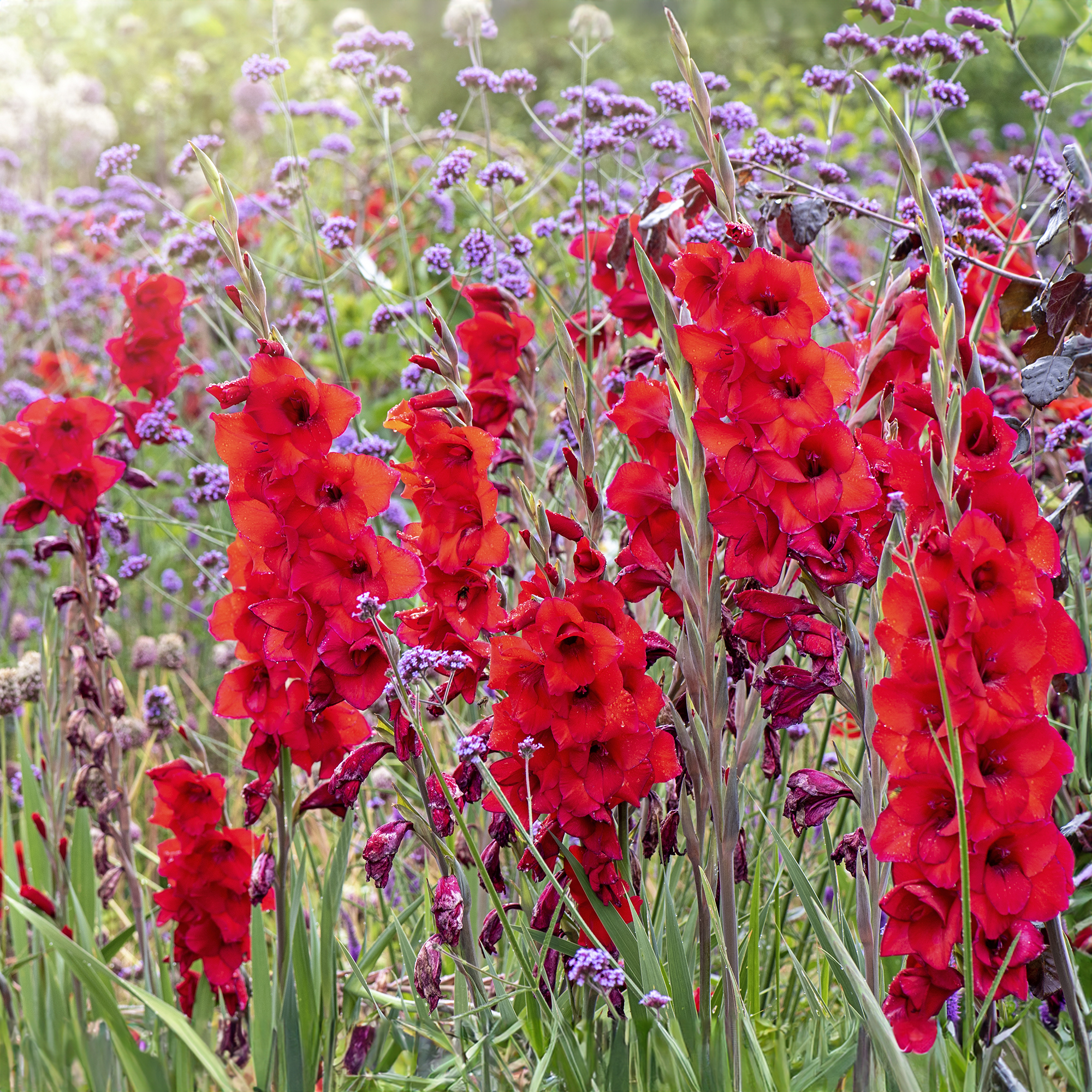 7 Summer-Blooming Bulbs To Plant In Early Spring: Don't Miss Months Of Glorious Flowers!
7 Summer-Blooming Bulbs To Plant In Early Spring: Don't Miss Months Of Glorious Flowers!Get a head start on stunning summer blooms with these easy-to-plant bulbs – act early and you will enjoy vibrant flowers that last for months on end.
By Mary Ellen Ellis
-
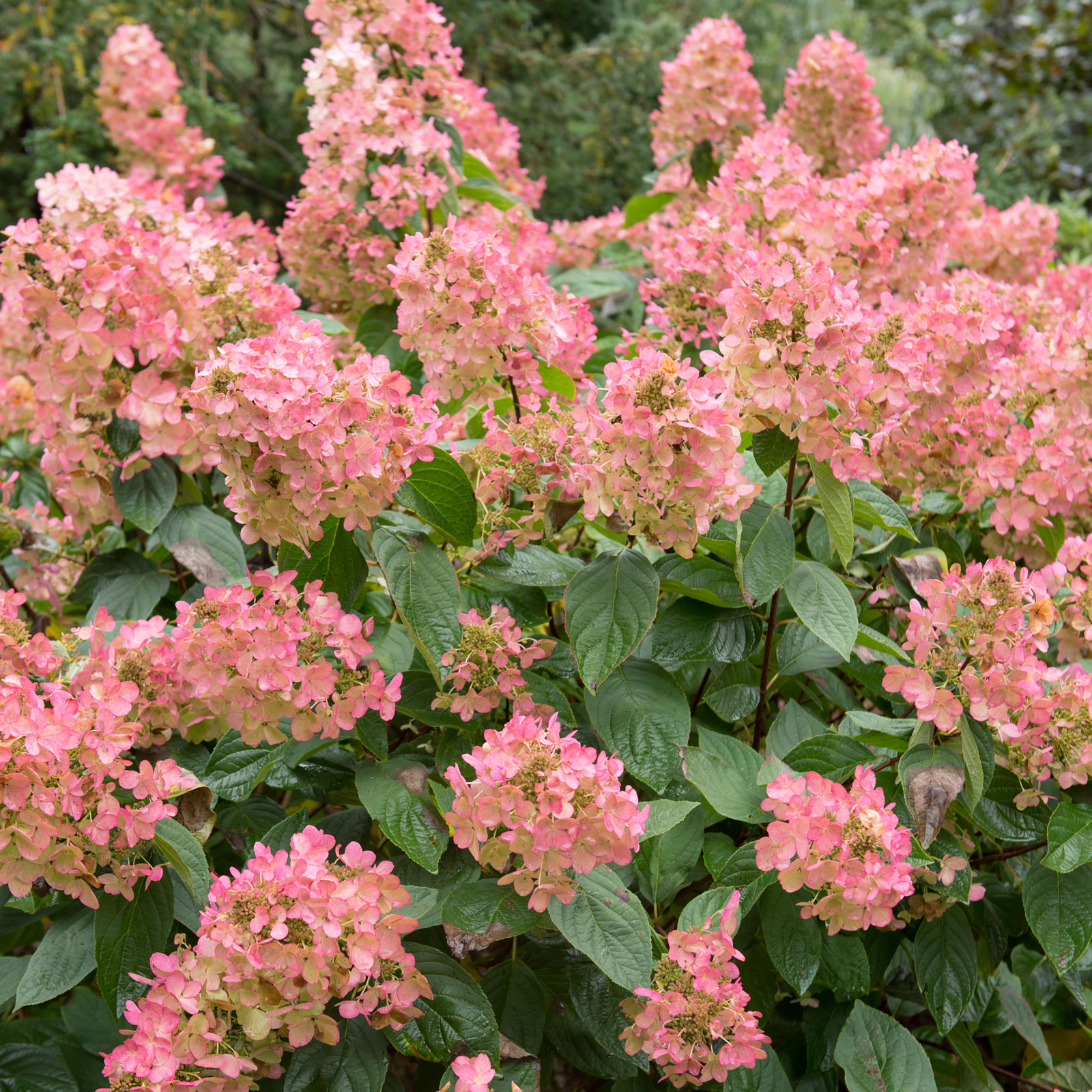 Quick Fire Hydrangea – The Elegant, Easy-Care Shrub Every Gardener Needs In Their Landscape
Quick Fire Hydrangea – The Elegant, Easy-Care Shrub Every Gardener Needs In Their LandscapeIf you’re after an early flowering panicle hydrangea that offers plenty of floral variety, the Quick Fire hydrangea goes big on visual dynamics from early summer to fall
By Tonya Barnett
-
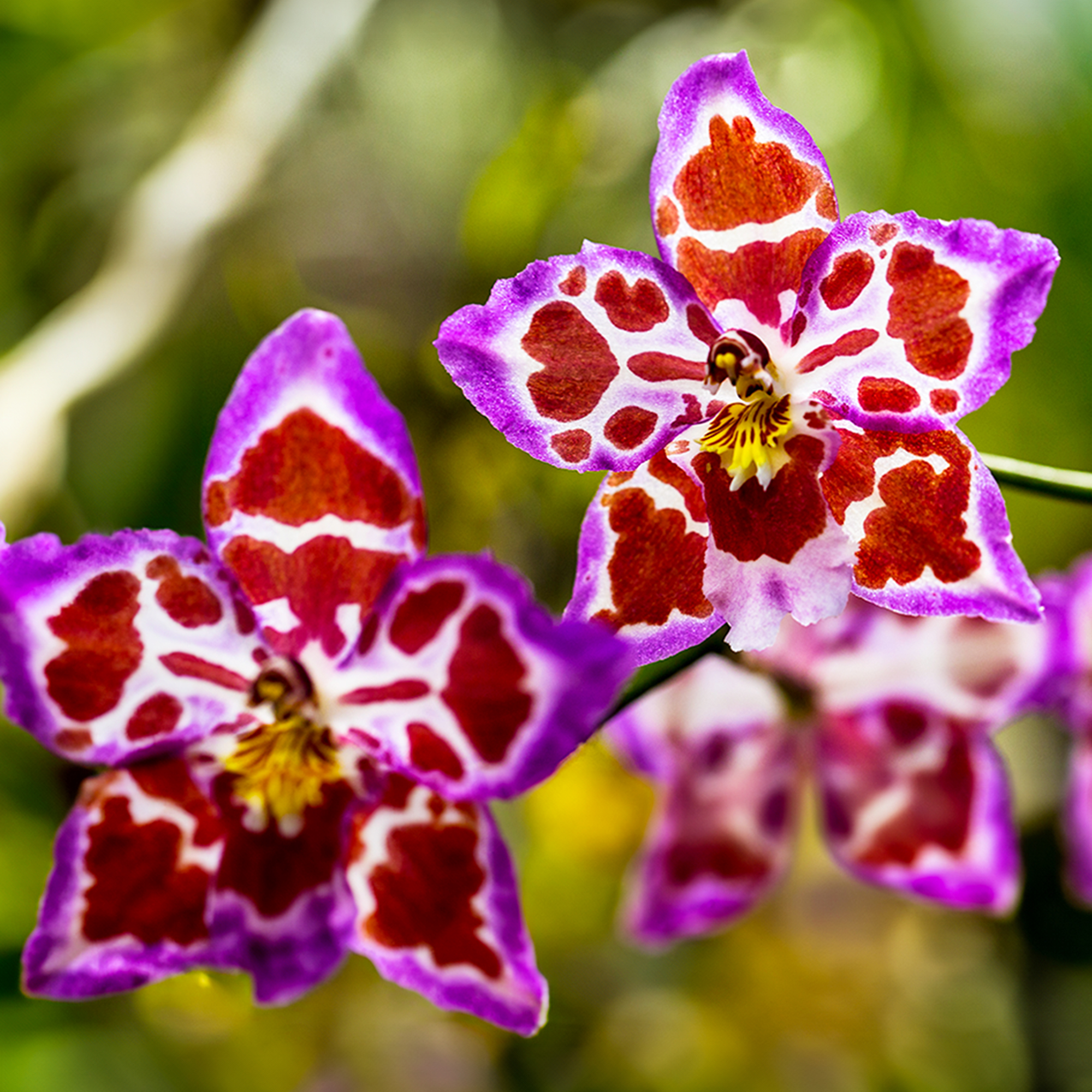 8 Rare Orchids That Make Stunning Houseplants – Some Are Surprisingly Easy To Grow
8 Rare Orchids That Make Stunning Houseplants – Some Are Surprisingly Easy To GrowDiscover unique orchids that will add exotic beauty to your home. Some make easygoing houseplants, while others offer a challenge for more seasoned growers.
By Melanie Griffiths
-
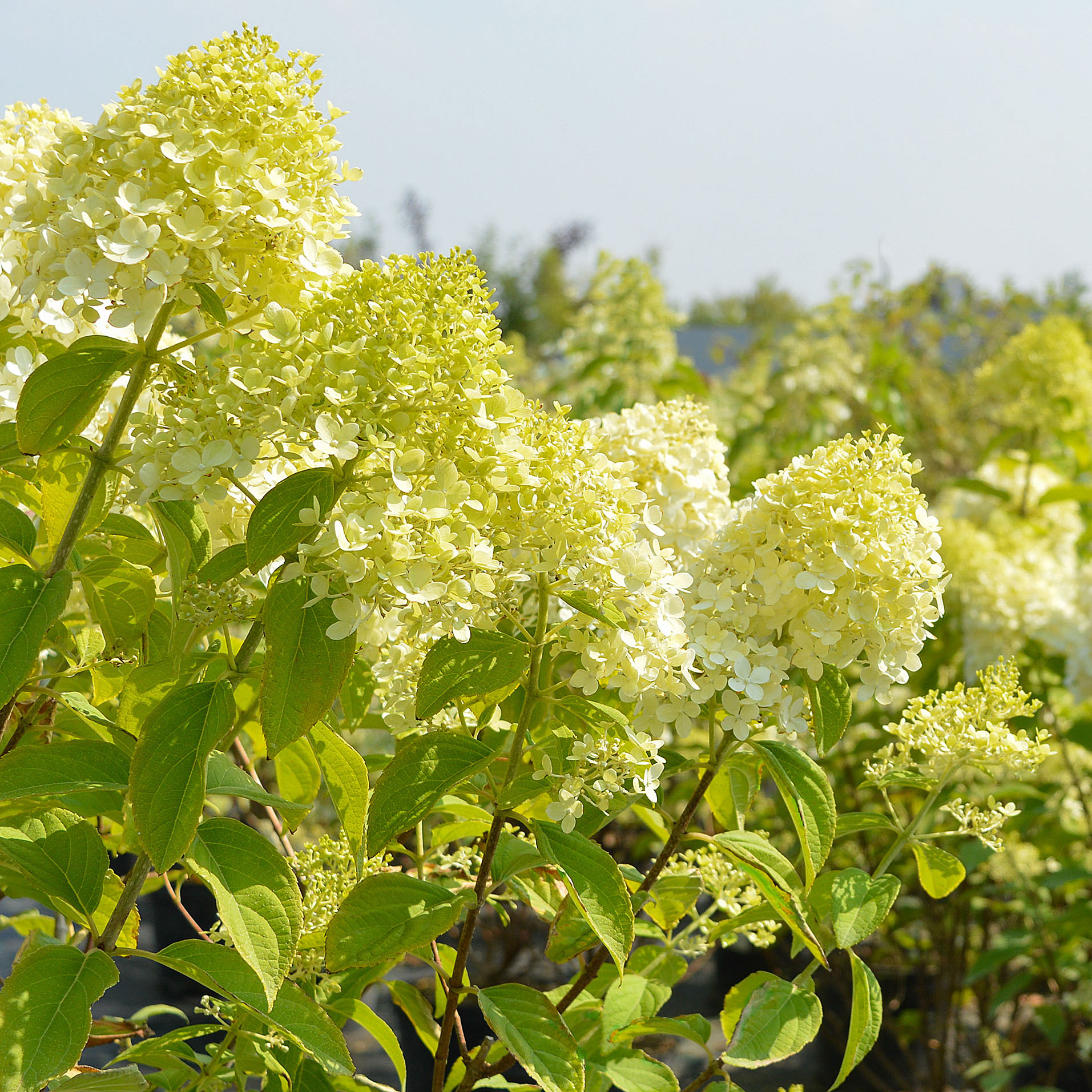 Grow Limelight Hydrangea Shrubs For Green Themed Displays And Brilliant Borders
Grow Limelight Hydrangea Shrubs For Green Themed Displays And Brilliant BordersIf you're a panicle hydrangea lover in search of flamboyant, long-lasting florals, knowing how to grow Limelight hydrangea shrubs will ensure gorgeous green blooms
By Mary Ellen Ellis